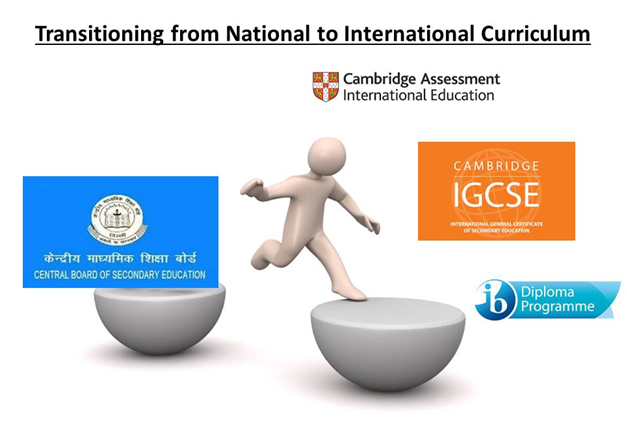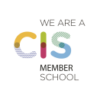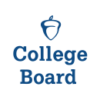
One of the common queries that comes from parents is how difficult it will be for kids to make the transition from national to international curriculum. To address that, we first need to understand some of the key differences between national and international curriculum.
In India, when we speak about national curriculum, we are broadly referring to the CBSE, the ICSE/ISC or the various State Curricula. While all these curricula cover a huge amount and broad range of content, in many cases they do not really lead to the development of higher order skills. Assessments in all these curricula are usually solely based on examinations and the questions asked focus mostly on testing knowledge and understanding vis-à-vis testing for application, analysis, evaluation and creativity. While some progress has been made in this regard in the past few years, the national curriculum still lags substantially behind international curricula in terms of both the teaching and assessment of higher order skills.
The national curricula is also very discipline specific. It rarely provides students with the scope to make connections across disciplines and look at knowledge from a multi-disciplinary or transdisciplinary lens. This approach fails to prepare students for the future as solutions to problems in the actual workplace often involves thinking beyond a specific subject area. The national curricula also does not lay enough stress on independent learning and research. Most students who have gone through the national curricula do not have any exposure to academic writing and research and are not familiar with referencing and citation methods. Yet, these are integral part of the international curriculum and helpful in laying the foundation for university courses both in India and abroad.
A transition from national to international curriculum therefore, has very little to do with subject specific knowledge, but a lot to do with a change in mindset. Students need to shift from simply understanding content to applying it new and familiar situations. For example, while students from national curriculum are usually great at solving mathematical problems, they struggle to apply the concepts learned in math in real life situations. Or, students who have studied business in the national curriculum may well know about what marketing is, but they have had very limited exposure in actually working on a real business issue that requires them to analyze the marketing strategies of a particular business in a given context and come up with recommendations for the business to implement. Similarly, students coming in from the national to international curriculum have to develop the habit of looking at issues from multiple perspectives, often making inter-disciplinary connections in the process. Students need to learn to understand and question the sources of knowledge and to take responsibility of their own learning through independent research.
While these may sound like over arching changes, the reality is that they are quite simple to implement. Children are much more open to change than adults are and they are quick to adapt to whatever style and system of pedagogy that they are exposed to. It is unlikely that a child who was strong in Math and Science in the national curriculum will suddenly become a weak student in the international curriculum. This is because his/her subject fundamentals are strong and over a period of time he/she will adopt the required mindset to explore and apply knowledge in the way international curricula demands. However, the student needs to be equipped with the tools that will facilitate this change and the school has a vital role to play in this regard.
In the early parts of the transition process, it is the job of the school to hand-hold the child, teach him/her how to research independently and most importantly give him/her confidence while he/she slowly adapts to a new style of learning. At Candor, we believe in going that extra mile to ensure that the school is with the child every step as he/she navigates a new system of teaching and learning. This not only makes the transition smooth, but also allows students to derive the best from both national and international curricula, allowing them to excel not just academically but in all aspects of holistic development.
Inputs – Gourab Das Sharma, IB Diploma Coordinator, Candor International School




